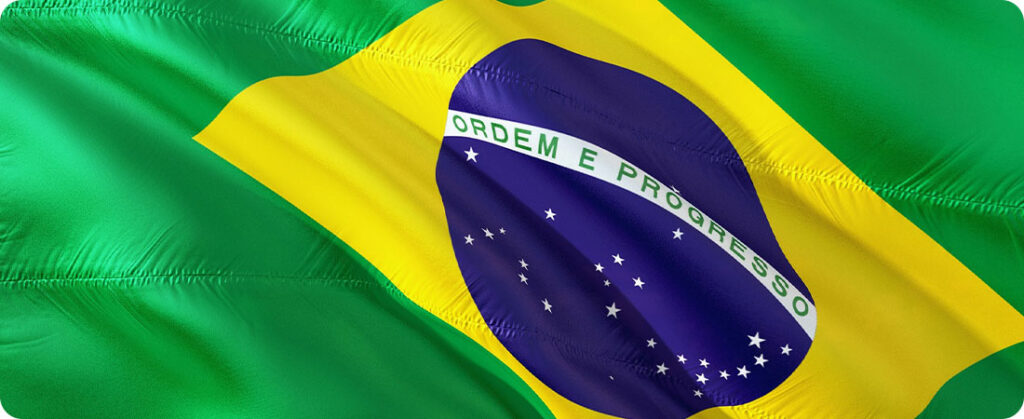
Drought conditions in northern Brazil are causing logistical problems due to low water levels in the main waterways of the Amazon basin, which is causing shipments of grains and oilseeds to be diverted to southern ports,” sources said. to AgriCensus.
Trading houses are reportedly transferring volumes from Arco Norte, which comprises the land and water logistics network that connects inland farms to ports in the north and northeast of the country, to the port of Santos in the southeast, according to the report from 11 of October.
“The volumes moved to the south were mainly corn“, sources said.
“Traders are adapting Miritituba’s logistics. This location is home to a vital Arco Norte river port. Now, they prefer Rondonópolis, which has a direct railway to Santos”. This report was made by Victor Martins, risk manager for Latin America at Amius, in a statement to AgriCensus.
According to sources, the situation is affecting waiting times at the port of Santos. Previously, it was 8 to 9 days; now, it is up to 13 to 16 days, as per the current report.
“Delays could impact the pace of soybean exports from Santos. This could favor US exporters. This situation occurs from October to February,” said Martins.
Threat of drought on grain export routes in Brazil worries experts
Although disruptions to Arco Norte logistics were not serious at the time of reporting, there were concerns. It was feared that the ongoing drought could affect Brazilian exports.
“The [dry] seasonality, however, of rivers in the Amazon region between September and December is historic and well known,” said Hidrovias do Brasil, owner of port terminals that handle the transport of soybeans and corn through Amazon waterways, in a note.
The company added that the most intense drought conditions this year have not yet severely affected navigation operations on waterways used to transport agricultural products.
The situation was more serious, however, on the Amazon River, which was not a traditional route for agricultural products, according to the report.
In late September, the Brazilian Association of Cabotage Shipowners (ABAC) said shipping capacity up the Amazon River could fall by 50% by the end of October, and in the week of the report, port operations in Manaus were restricted due to low water levels.
Based on historical patterns, rains are expected to return to the north by November, easing logistical headwinds in the region, the report said.
“However, this year’s forecast points to an El Niño weather pattern. Traditionally, this phenomenon brings drier conditions in the north and northeast of Brazil. This situation could cause additional problems for the transport of grains and oilseeds through Amazon rivers.” AgriCensus highlighted this point.
Source: Oils & Fats International










